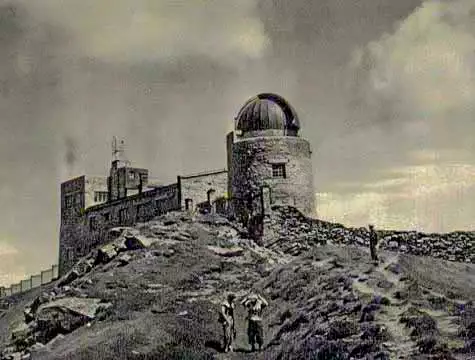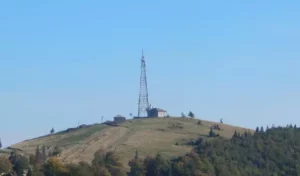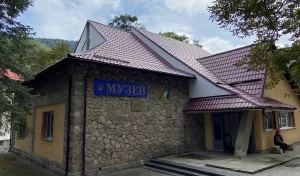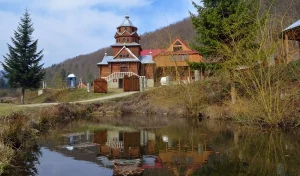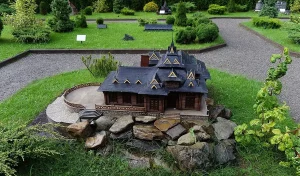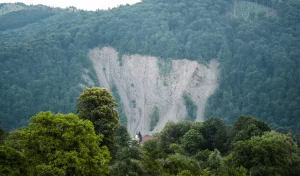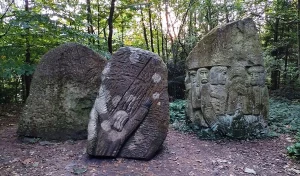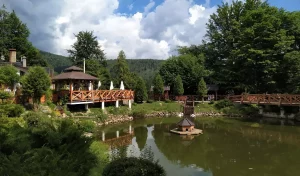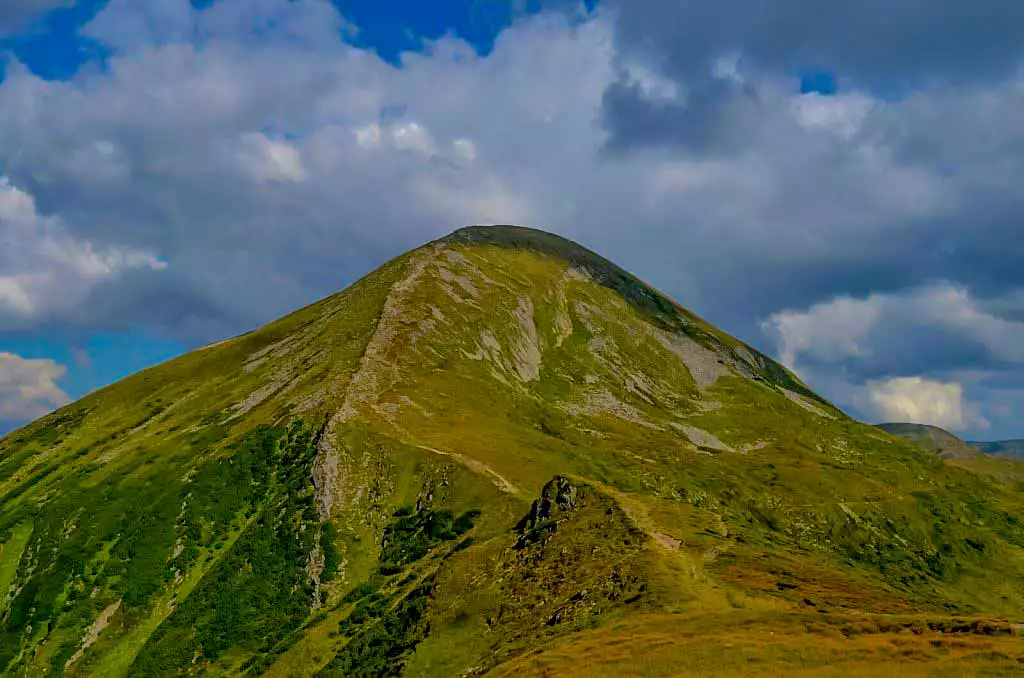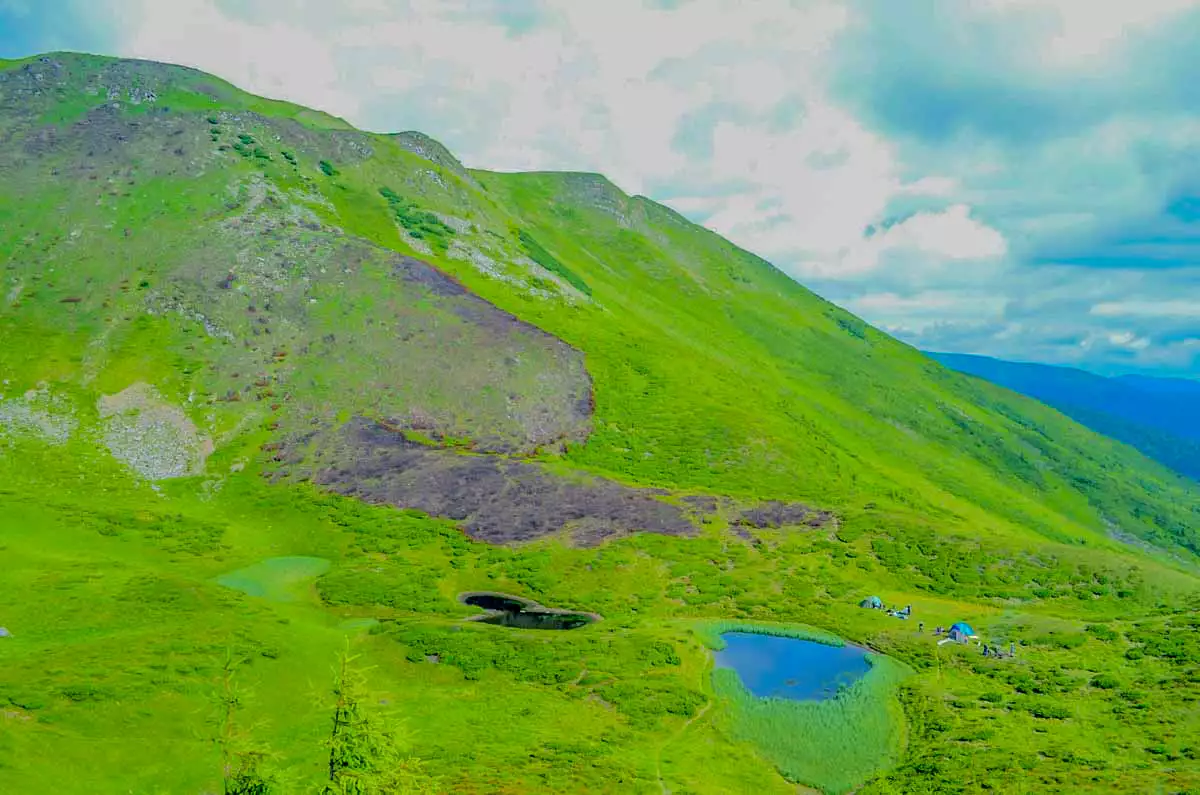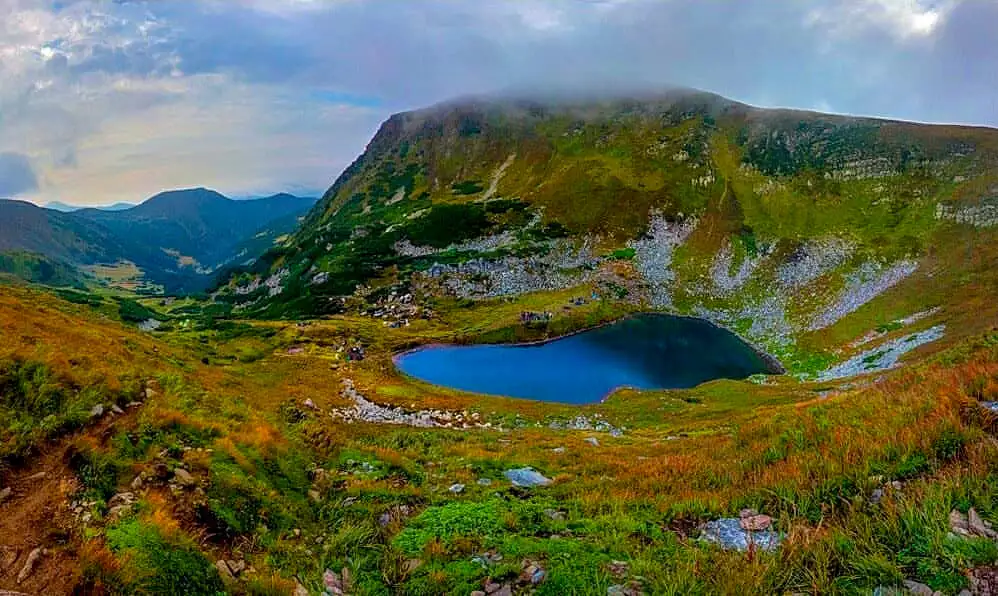History and legends of the “White Elephant” observatory
Before the beginning of the Second World War, the employees of the observatory left the building, taking with them the most valuable, namely: seven lenses from the telescope, two micrometers and the same number of chronometers. All this equipment went to the Budapest Astronomical Observatory in November 1939, and later to Vienna, from where it was transported to Poland after the war.
In September 1939, the Soviet authorities became the new owners of the building. After the partition of Poland, Western Ukraine became part of the USSR. The first high-altitude geophysical observatory and weather station in the Soviet Union was organized here. The observatory resumed its work: constant observations were made, information was transmitted to the forecast bureau in Kyiv.
From 1941 to 1944, a Hungarian military unit was housed in the observatory building.
After the war, the observatory was no longer restored, and the building was gradually destroyed by the local population, tourists and the forces of nature. In winter, when the ruins are covered with ice and bizarre icicles, growths and folds form on the walls, the structure looks very majestic – like a large frozen animal. Perhaps this is why the observatory has a romantic name – “White Elephant”. There is another version of the origin of this name. However, Polish officials considered the construction of the observatory impossible. In their understanding, this project was a “white elephant” – something fantastic, unreal. Today, the building of the observatory is a high-mountain dump and a public toilet, organized by tourists. They often set up tents near it and stay for the night, but it is unpleasant to sleep surrounded by sewage, besides there is no water here. Perhaps in the future there will be investors who will restore the glory of the “White Elephant” and make it a real mecca for tourists.
